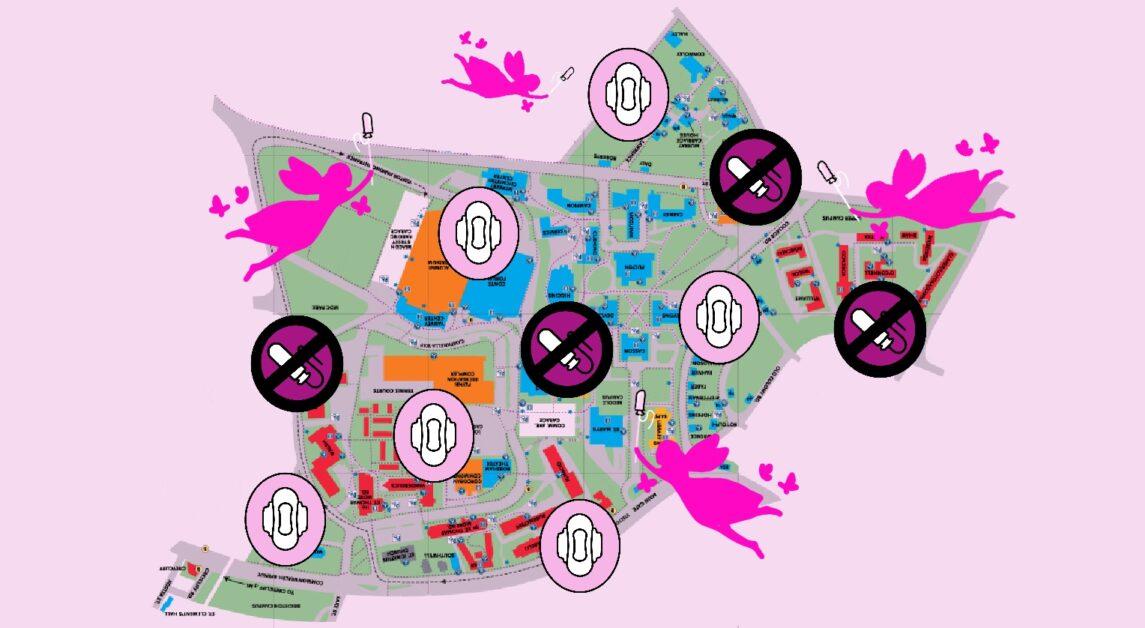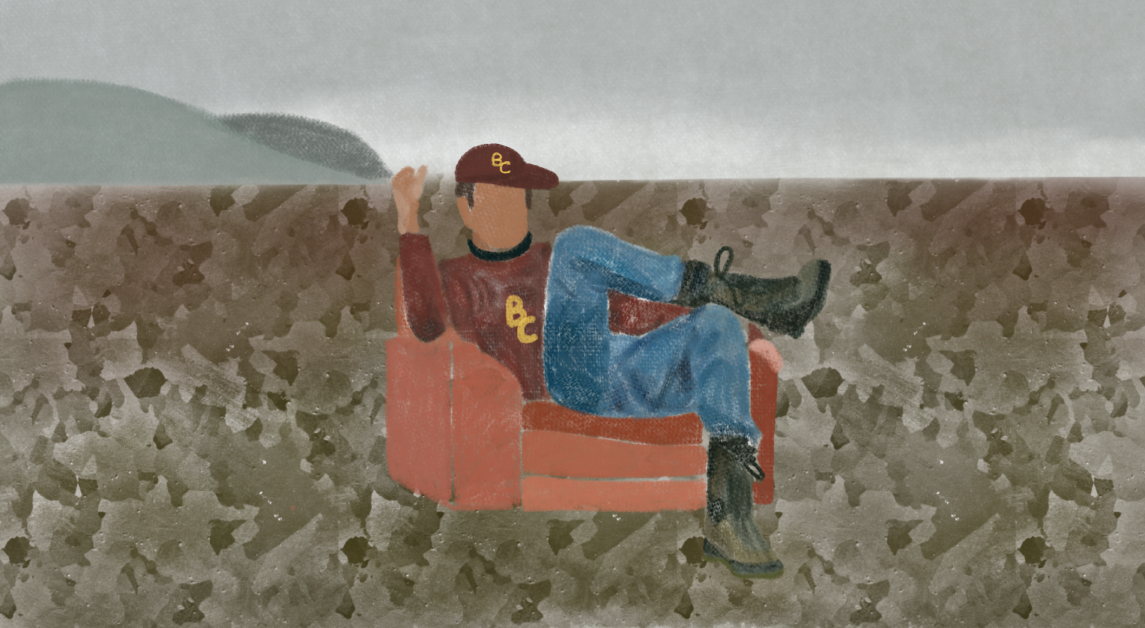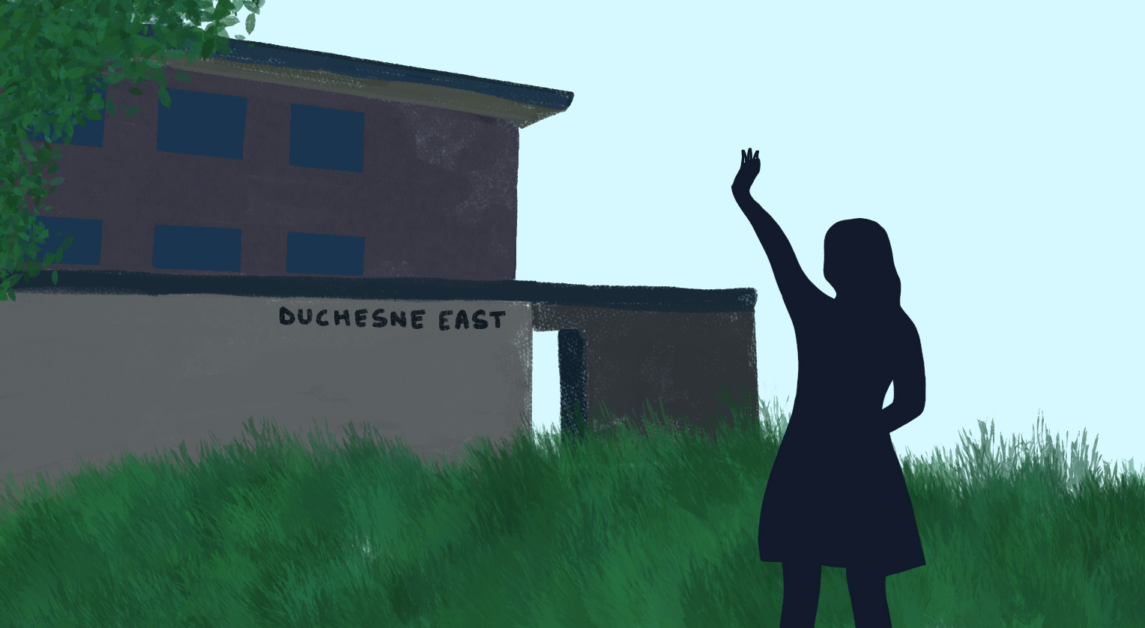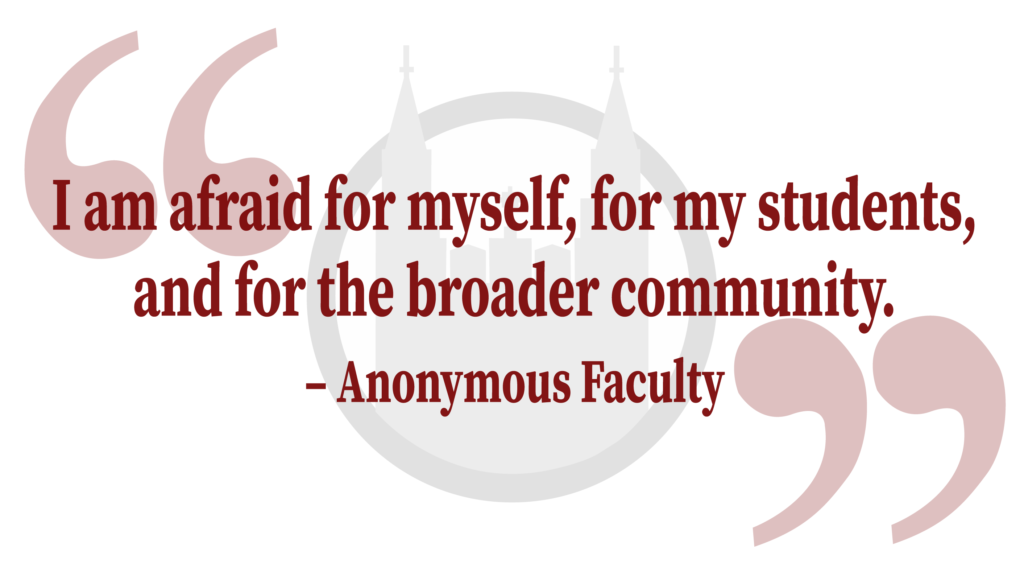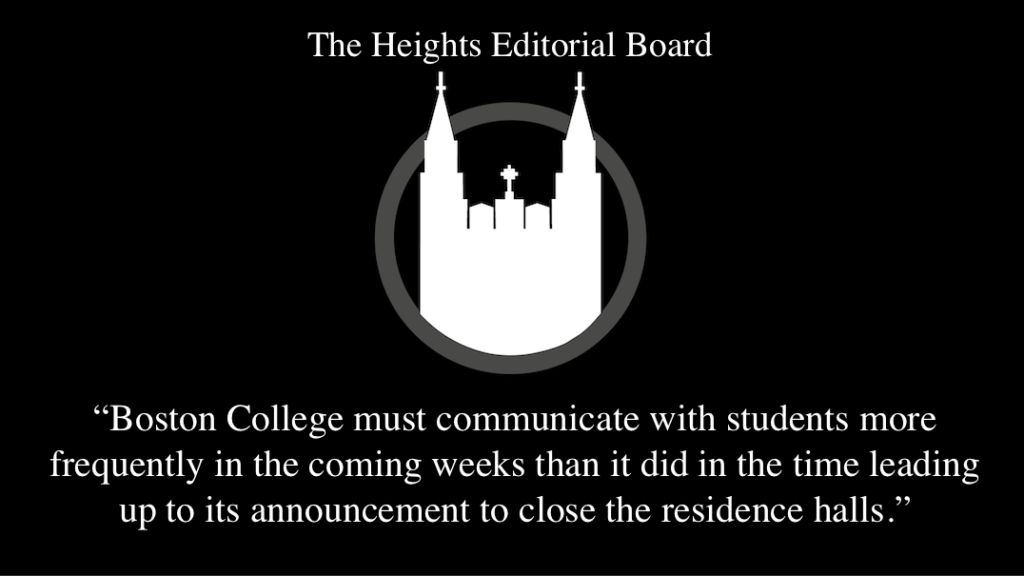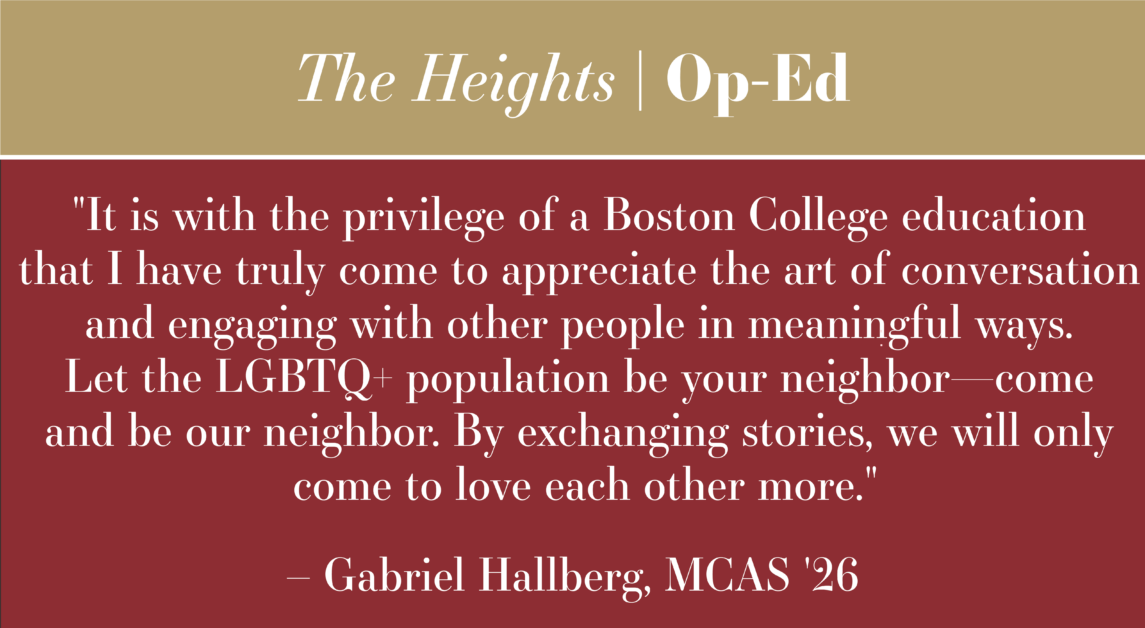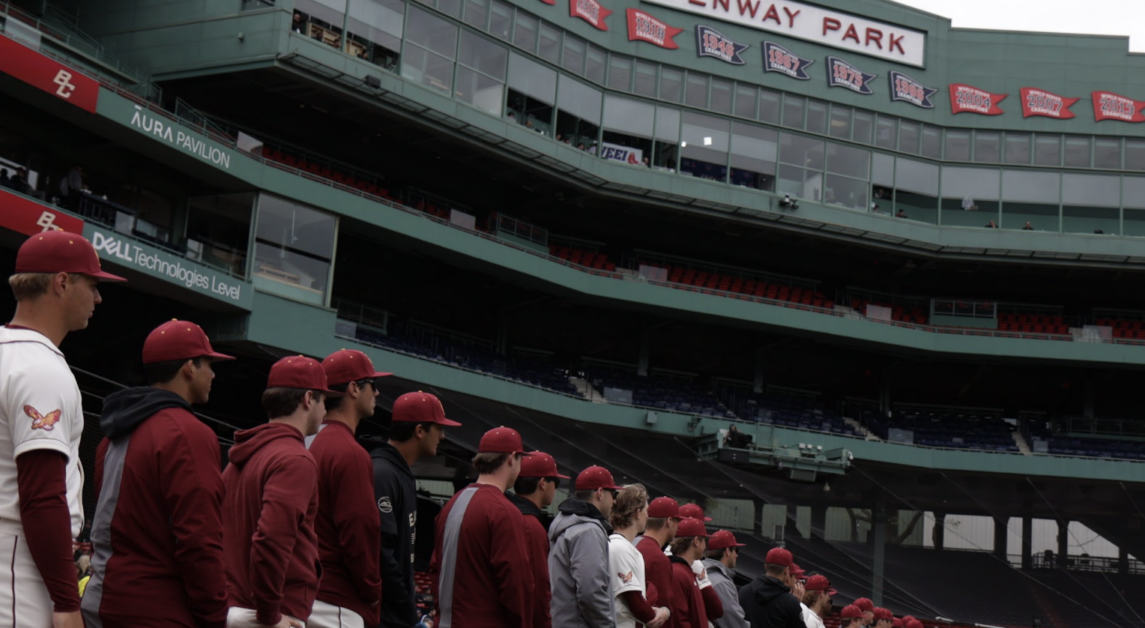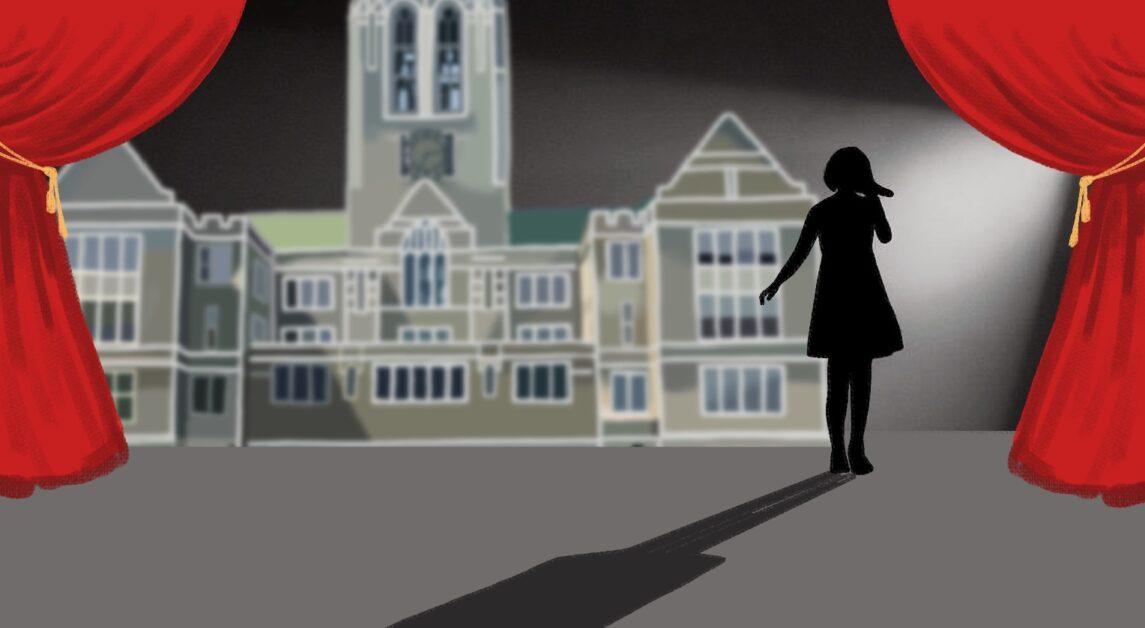Safe (adj.): protected from or not exposed to danger, risk, or harm.
It seems simple enough to assert that students should be safe at college. But once you move past basic, physical protection, lines begin to blur. Should emotional safety also be guaranteed? What about intellectual safety? Or is there a point at which efforts to mitigate discomfort end up undermining the whole point of a university?
Yes, indeed there is, according to an op-ed by Judith Shulevitz in The New York Times just over a week ago. Her specific critique was the advent of so-called “safe spaces” at universities, places where students could retreat from potentially upsetting topics. She led with the example of rooms set up at Brown University, during a debate on campus sexual assault, “… to give people who might find comments ‘troubling’ or ‘triggering’ a place to recuperate. The room was equipped with cookies, coloring books, bubbles, Play-Doh, calming music, pillows, blankets, and a video of frolicking puppies, as well as students and staff members trained to deal with trauma.”
At first blush, those “safe spaces” sound almost infantilizing—Play-Doh? Bubbles? Videos of puppies?—and Shulevitz’s use of scare quotes betray her skepticism about their necessity. Harping on safe spaces misses an important distinction, though: entering the rooms was both voluntary and optional for Brown students. Outside those spaces, the debate went on.
Individuals removing themselves from conversations may be annoying to some, but it’s individual. We only get into real trouble when an institution stops those conversations before they even start—and this is the important part of Shulevitz’s piece. “The notion that ticklish conversations must be scrubbed clean of controversy has a way of leaking out and spreading,” she wrote. “Once you designate some spaces as safe, you imply that the rest are unsafe. It follows that they should be made safer.”
I don’t buy the slippery-slope logic—that when a few people opt out of tough conversations, such talks will end altogether—but she hits upon an important point: controversy is becoming anathema to college campuses, where we should reasonably expect it to thrive. For evidence, look no further than the pristine linked quadrangles of our own campus.
In what is surely news to no one, the way that student speech is patrolled and controlled at Boston College has become a point of contention over the last few months, and there’s been serious cognitive dissonance in the way students and administrators view the issue. For just one example, a spate of fliers bearing the words “This poster is illegal” popped up around campus a few weeks back, in the time-honored style of let’s-just-annoy-them-into-capitulation vigilante justice (see: twins, Weasley). In response, as reported in a Heights article, Dean of Students Thomas Mogan groused that the facilities crew had to be dispatched to “take down posters that were in some cases a nuisance and in some cases a safety hazard.”
Hazard (n.): a potential source of danger, peril, or injury. (E.g., a piece of paper?)
Now, it’s not that there’s no free speech here at all. Go one or two steps down from the bogeyman that is the capital-A Administration, and it’s clear that a lot of professors and administrators are willing to grapple with tough issues. Last week was a prime example: the annual Concern About Rape Education (C.A.R.E.) Week was in full force, with a plethora of stickers, t-shirts, social media posts, and events. On Wednesday, the history department hosted its third “Feminist Coming Out Day,” using buttons and cake to nudge students into a discussion of women’s rights. These are complex and relevant subjects. Bringing them to light and making them the focal point of campus discussion, be it for a week or a day, is hugely important.
But as much value as there is in premeditated conversations facilitated by professionals, those are only part of what makes a university an intellectually engaging place. If every public conversation is stuck within the parameters of top-down approval, then dialogues will never develop as fully as they should.
This seems to be something of an inconvenient truth for the powers that be. The second Rights on the Heights rally, which took place two Fridays back, appeared to give administrators the impression that students are finding problems where none exist. “The irony of this is that the students who were given a permit … to go ahead and have a forum where they’re exercising their free speech rights are the same students who are saying there’s no free speech on campus,” Mogan said.
Oxymoron (n.): a figure of speech combining incongruous, self-contradictory terms. (E.g., “permitted free speech.”)
I get it, I do. Controversy is messy. Nonprofit or not, religious or not, every school is also a business. Businesses have brands, and brands are more enticing when they stick to the unalloyed positives.
If BC wants to entice students to accept a $63,000 (and rising) price tag, peppy videos and palatable blurbs on the Portal homepage are crucial. And that’s fine. But it’s also reasonable for students to expect that once they commit to BC and try to make this campus their home, they will not be stonewalled when they try to do what, ostensibly, they came to college to do: discuss and, through discussion, learn. A well-rounded education is not confined to classrooms—and it’s not always pretty.
People are going to encounter things they don’t like, and they should: life is not a safe space. If someone has a problem, they can choose to argue or to remove themselves from the situation. But that should be an individual decision and not an institutional one. And that’s what the issue of campus free speech comes down to: students asserting their right to have these uncomfortable conversations—without prior approval.
Nuisance (n.): a person, thing, or circumstance causing inconvenience or annoyance. (E.g., BC students speaking their minds.)
Featured Image by Breck Wills / Heights Graphics


